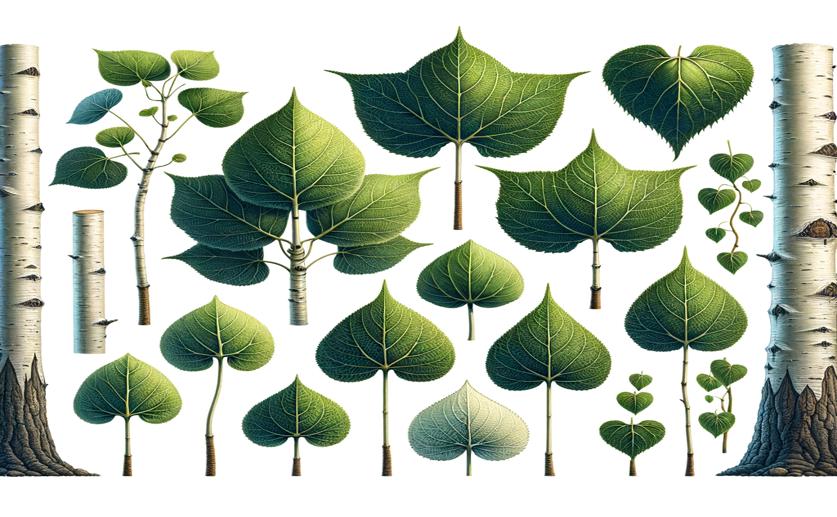
How Different Aspen Trees Grow and How Their Leaves Breathe
Greg Howard
23rd May, 2024

Image Source: Natural Science News, 2024
Key Findings
- The study in Estonia evaluated the growth and physiological traits of 22 hybrid aspen genotypes to identify the best performers for afforestation
- Genotypes from southern latitudes (Sweden, Latvia, Germany) showed almost three times higher growth compared to northern genotypes (Finland)
- Southern genotypes had lower water use efficiency but higher growth potential, making them more suitable for biomass production in Estonia's climate
References
Main Study
1) Growth ranking of hybrid aspen genotypes and its linkage to leaf gas exchange
Published 22nd May, 2024
https://doi.org/10.1186/s12870-024-05104-6
Related Studies
2) Water use of a multigenotype poplar short-rotation coppice from tree to stand scale.
3) Environmental and physiological determinants of carbon isotope discrimination in terrestrial plants.
4) Genotype differences in 13C discrimination between atmosphere and leaf matter match differences in transpiration efficiency at leaf and whole-plant levels in hybrid Populus deltoides x nigra.



 22nd May, 2024 | Jim Crocker
22nd May, 2024 | Jim Crocker